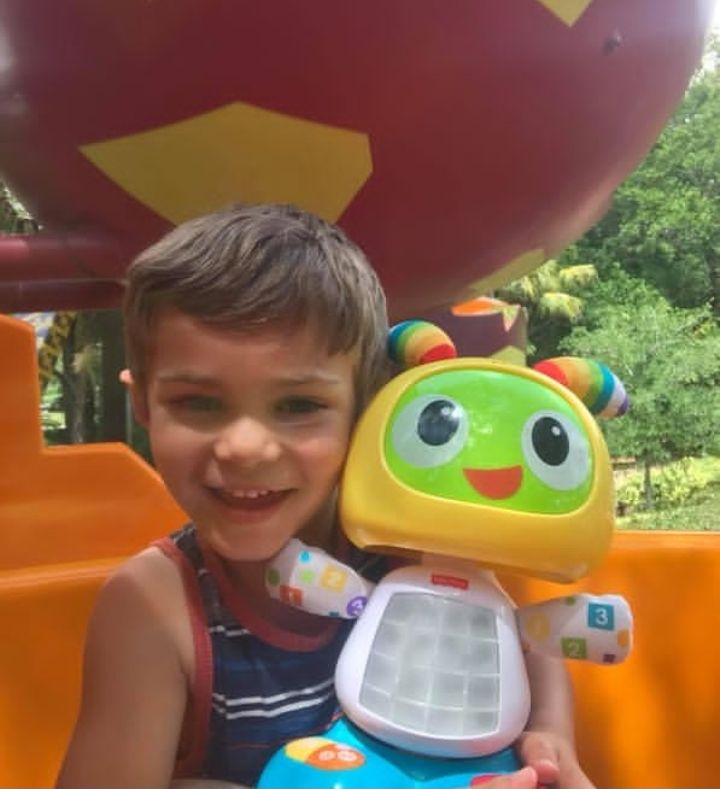
Guiding the Calm: Teaching Self-Soothing Techniques to Non-Verbal Autistic Children with AAC Devices

We’re back today to explore a crucial aspect of parenting a non-verbal autistic child – teaching self-soothing techniques. Managing emotions can be uniquely challenging for these children, particularly because of communication difficulties. However, with tools like Augmentative and Alternative Communication (AAC) devices, which our foundation is proud to supply free of charge, we can bridge these communication gaps and empower our children to self-soothe.
Non-verbal autistic children often have unique ways of expressing their emotions. Frustration, anxiety, or distress may present as physical symptoms like agitation, restlessness, or meltdowns. It’s vital to offer comfort during these moments, but it’s equally important to equip them with self-soothing skills, fostering emotional self-regulation and resilience.
Here are some strategies to help your non-verbal autistic child learn to self-soothe using AAC devices:
Visual Communication via AAC:
AAC devices can provide visual cues, aiding children in understanding complex emotions and appropriate responses. You can use these devices to create visual schedules, emotion charts, or even calming scripts. These visuals can guide them through the process of calming down – from recognizing emotional triggers to taking deep breaths or engaging in a calming activity.
Create a Sensory-Safe Space:
Design a quiet, comforting space where your child can retreat when feeling overwhelmed. This area can be coupled with the AAC device to help children express their need for a break. You can equip the space with soothing items like soft cushions, favorite toys, or sensory bins.
Music and Sounds:
Many non-verbal autistic children respond positively to calming music or ambient sounds. You can use AAC devices to play their favorite calming sounds or music, helping them associate these sounds with relaxation and emotional regulation.
Use AAC for Repetitive Scripts:
Repetitive scripts can have a calming effect on autistic children. You can program your AAC device with phrases or statements that your child finds comforting. They can play these phrases when they feel anxious or stressed, helping them calm down.
AAC Guided Breathing Exercises:
Breathing exercises can be calming for some children. Though teaching this might be challenging, AAC devices can help by providing a visual or auditory guide, such as inflating and deflating a virtual balloon in sync with breaths.
Deep Pressure Therapy:
Deep pressure therapy, such as firm hugs or weighted blankets, can calm an overstimulated nervous system. If your child responds well to this, you can program a prompt into their AAC device, reminding them to ask for a hug or fetch their blanket when they start feeling overwhelmed.
Every child is unique, and it’s crucial to explore various strategies to find what works best for your child. Remember, the goal is not to eliminate all stress but to equip your child with tools to navigate their emotions independently.
At the Robert Norton Foundation, we are proud to support families on this journey by providing AAC devices free of charge. By harnessing the power of communication, we hope to empower your child to understand and express their emotional needs better, fostering self-soothing, resilience, and confidence. We are with you every step of this journey, towards a world of more understanding, acceptance, and love.


No Comments